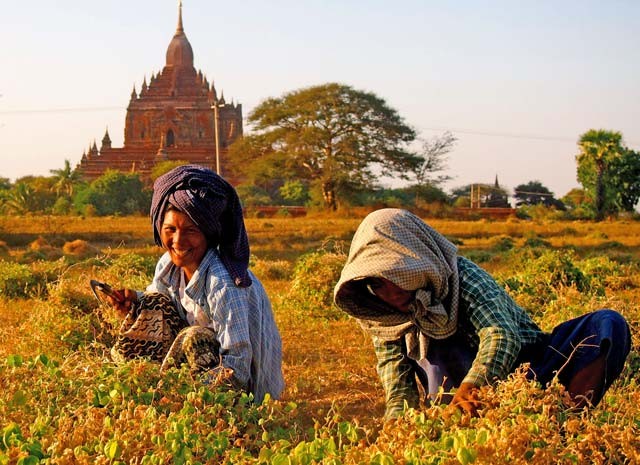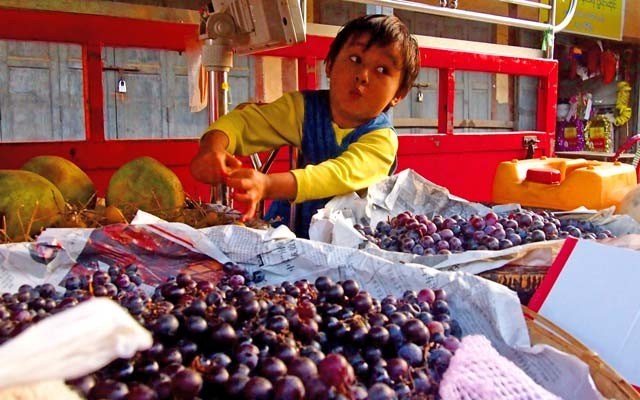There's a woman named Mona who serves up some mighty fine Burmese cuisine. At her little street kitchen you can find mohinga, the tasty noodle-in-soup dish that's a breakfast favourite in the Southeast Asian nation now generally known as Myanmar. You can find a crunchy ginger salad, fermented tea leaf salad, and more. But if you're in Myanmar, you won't find Mona. She's in Bangkok. Once I actually made it to the Myanmar capital of Yangon, some of those great national dishes became tougher to find.
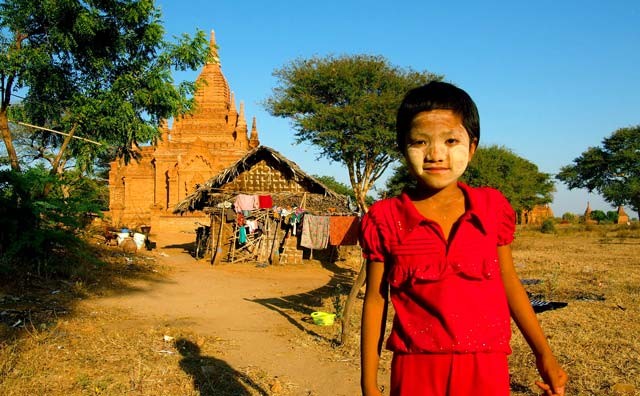
It may be an exaggeration to say that Burmese food is more easily found outside the country than in. But with a major tourist boom still in its infancy, the notion of showcasing local culinary culture to visitors seems to be just now catching on. And the tourist business is only one of the aspects of Myanmar life that have been transformed in the last three years, a process launched when Nobel Prize winning democracy activist Aung San Suu Kyi was freed from house arrest and a repressive military regime began a long-overdue transition to democracy. There is arguably no other country in the world in such ferment.
A wave of recent articles has urged travellers to visit Myanmar before it loses its simple charm. But in some ways it feels too late. Following the lowering of import duties on motor vehicles Yangon, the capital city, has gone car-crazy. Everywhere you look empty lots and front lawns have been turned into car lots and Yangon is now as prone to traffic jams as almost any other Southeast Asian capital. Meanwhile at popular tourist destinations in places like Bagan and Inle Lake the kind of hard-sell vendors familiar to any veteran traveller are already in place, flogging snacks, T-shirts and trinkets.
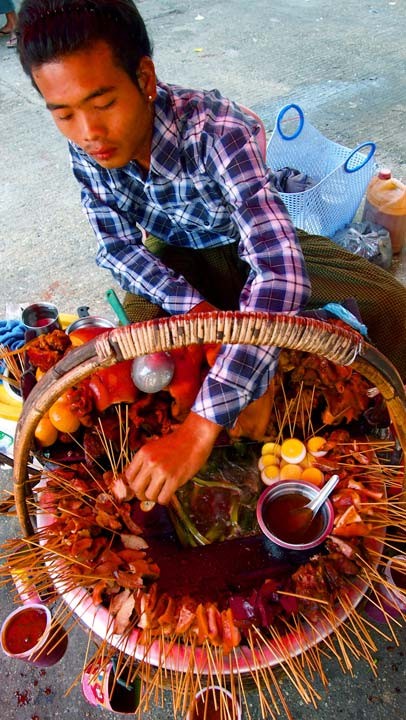
And yet Myanmar does not yet feel like every other popular travel spot. The people you meet seem too open, too friendly to become completely jaded. And although high-level corruption plagues Myanmar, down at street level there may be no more trustworthy populace in the world. Two Italian tourists recounted to me their recent conversation at a bike rental shop. "What happens if our bikes are stolen?" they asked the proprietor. "Well," he pondered, "I'm not sure. It's never happened before."
When it comes to tourism Yangon is still a work in progress. It seems the concept of presenting local food to eager visitors is only just beginning to catch hold. Locals eat all that Burmese stuff at home. When they go out they want something different. The long-established ex-pat community too seems inclined toward the kind of food they already know and love elsewhere. Walking down a Yangon street, sit-down restaurants boast typically Chinese, European and Japanese fare. Burmese? Not so much, although wandering vendors and small market food courts do tend to serve up Myanmar cuisines.
Mohinga is a case in point. This tasty fish soup with rice noodles, ginger, lemongrass, garlic, and chickpeas, sometimes served up with a bottle of lemon juice, is a Burmese breakfast staple. Finding it on a Myanmar menu is like looking for waffles in Canada — certainly not impossible but you do have to look around.
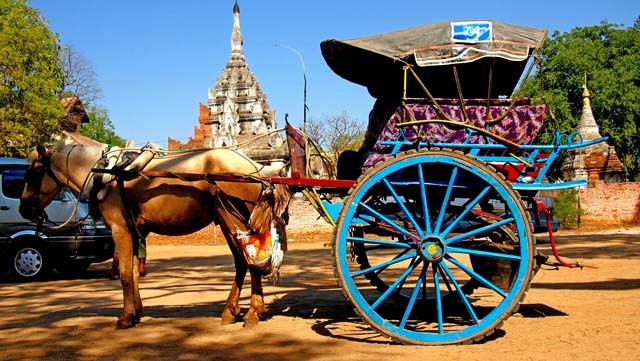
Local food is there to be found though. At the popular Scott Market food court staff almost body-check each other out of the way while trying to flag you to their tables, where they typically serve up Burmese favourites like lahpet, a.k.a. fermented tea leaf salad (better than it sounds). It typically includes tea leaves fermented through a special process, fresh tomatoes, garlic, green chili, cabbage, plus fish sauce, sesame or peanut oil, and lime.
Not far away on Nawaday Road, the Aung Mingular Shan Noodle Restaurant specializes in tribal Shan cooking (the map of Myanmar is a welter of different tribal regions). A dish called meeshay noodles is served here with tomatoes in a style almost reminiscent of a spaghetti Bolognese. But Italians don't add an alarming dollop of translucent goop — actually a cornstarch paste that serves to blend the flavours in the bowl — nor the pleasing crunch of crisp-fried onions and fried tofu fritters, plus peanut oil, rice vinegar, fish and soy sauce. The result is neither spicy nor heavy, and a popular favourite in Myanmar.
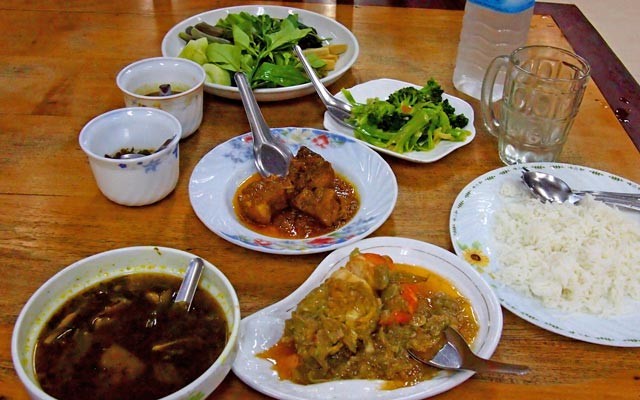
And after asking for tips from locals I wander down a lively, somewhat shabby side street just off Dhamma Zedi Road to the brightly-lit Danuphyu Daw Saw Yee (I'm pretty sure there is at least one other location across town). I can't tell you exactly what's on my table — there is a soup thick with dark green leaves, and a plate of herbs and vegetables to accompany my chosen plates: a stewed pork curry, plus a large prawn in a fried onion and curry sauce. They're heavy dishes, and Burmese curries can be on the oily side. But though the pork is slightly chewy, the prawn is delicious and perfectly cooked. The other patrons all look local — but as I am leaving a tour bus pulls up and disgorges a stream of European visitors. As Myanmar opens up to the tourist flood, chances are local cuisine places like this will multiply like the cars on Yangon streets.
As for Mona, her food stall is tucked into a quiet little market located off Bangkok's Sukhumvit Soi 71. Seek her out by all means. But make it a preview. Myanmar awaits.
